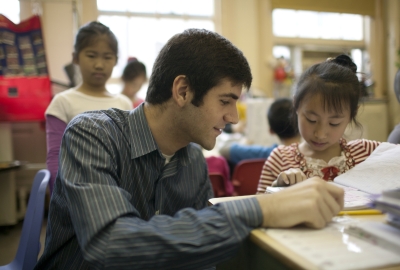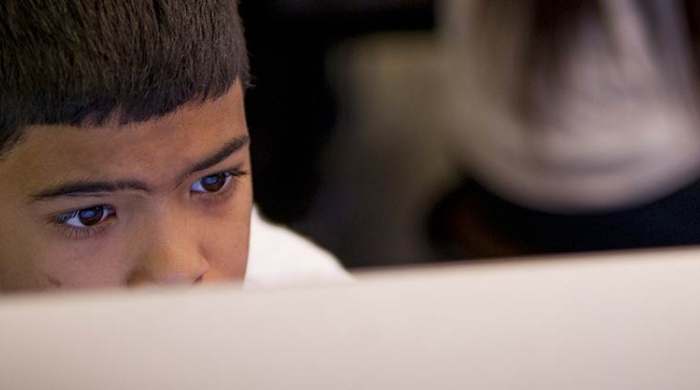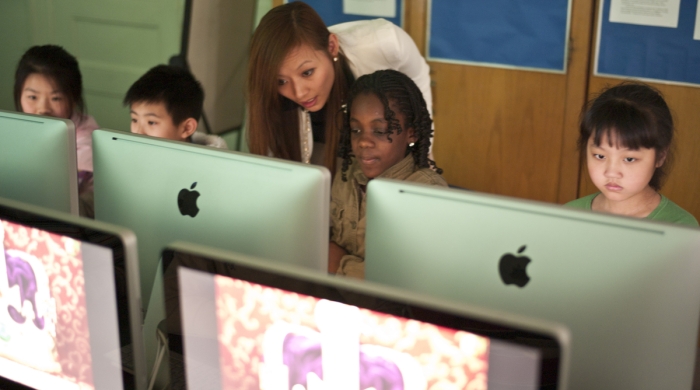
About the InnovateNYC Ecosystem
The New York City Department of Education’s InnovateNYC Ecosystem aims to transform the DOE’s procurement process for education technology tools, thereby raising the quantity and quality of technology in NYC classrooms.
The Ecosystem, funded by a federal Investing in Innovation grant, brings together a network of schools, technology developers, funders, and researchers to identify specific learning challenges and then to collaboratively create and pilot education technology prototypes to meet those needs.
By involving educators in the early stages of development, the Ecosystem hopes to align the education technology tools that teachers have available with their real needs, while also creating a clearer, more efficient process for developers.
About our Evaluation
The Research Alliance is evaluating the InnovateNYC Ecosystem. A central goal of both the i3 fund and the Ecosystem is building knowledge, and using that knowledge as feedback for ongoing development and innovation efforts. Our work is providing information to inform the roll out and development of the Ecosystem as well as a rigorous investigation of its impact on a variety of student and teacher outcomes. The evaluation will also offer lessons for other large urban school districts attempting to develop innovative education technology tools.
Supported by the U.S. Department of Education's Investing in Innovation Fund.
Related Publications
Bridging The Gap
This report focuses on four phases of work involved in bringing ed-tech companies and the users of their products together: defining a problem; selecting users and ed-tech companies; implementing pilot-based initiatives; and evaluating products. (2016)
Connecting Teachers and Ed-Tech Developers
This report presents findings from our study of the NYC DOE's "Gap App" challenge and pilot program, which solicited new ed-tech tools aimed at solving a specific learning challenge. A number of the tools were then piloted in NYC public schools. The report describes the design of the challenge, the implementation of the pilot, and provides a set of lessons that may inform similar projects. (2016)



